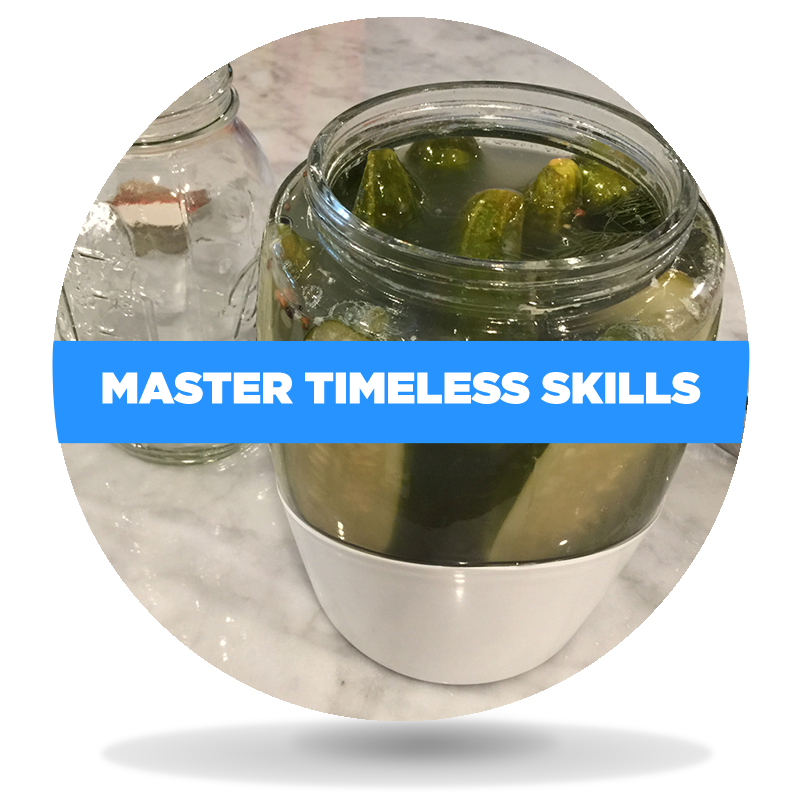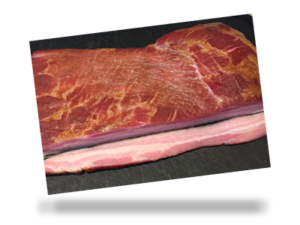
Salt-cured dill pickles.
Did you know that they’re probiotic? That’s right! Before there were boxes of little pills being sold by some embarrassing gal on TV shoving them in your face at the market or on a tour bus, folks who ate heavy meats have been curing vegetables that help break down that food better.
Which explains not only why salt pickles are served with a pastrami sandwich, and why kraut is a thing on a hot dog in New York.
 Bacon.
Bacon.
In a big curing tank, to keep it properly sanitized, they use a lot of sodium nitrite. So much so, that it has formed yet another food cult for uncured meats. Yet, at home, using a small fraction of the cure in your own cooking, you can create a far safer, better tasting, superior product to uncured.
All over the world, there are amazing traditions whose practices are just generationally passed on without anyone wondering, or explaining WHY.
Yet there is a science of millennia of cooking techniques that kept humans alive and eating well. Some of them you may know, while others may just be guesswork or following recipes by rote that use the science through customs and habits.
Have you wondered:
- How does salt work in sanitizing and improving the taste of foods?
- Why do some foods have to “rest” or “cure” before you cook them?
- How can lime juice “cook” fish?
- Why refrigerate before you bake?
- How does bacteria make bread rise? Make pickles sour and probiotic? Keep milk in yogurt or cheeses longer?
We’ll show you often-forgotten age-old techniques from around the world, sensible, non-gimmicky tools and basic techniques that will give you a grounded understanding of everything that you can do in the kitchen.
With those skills, and the “notes” of a properly stocked pantry, refrigerator, and aromata, you can improvise the most amazing foods!
